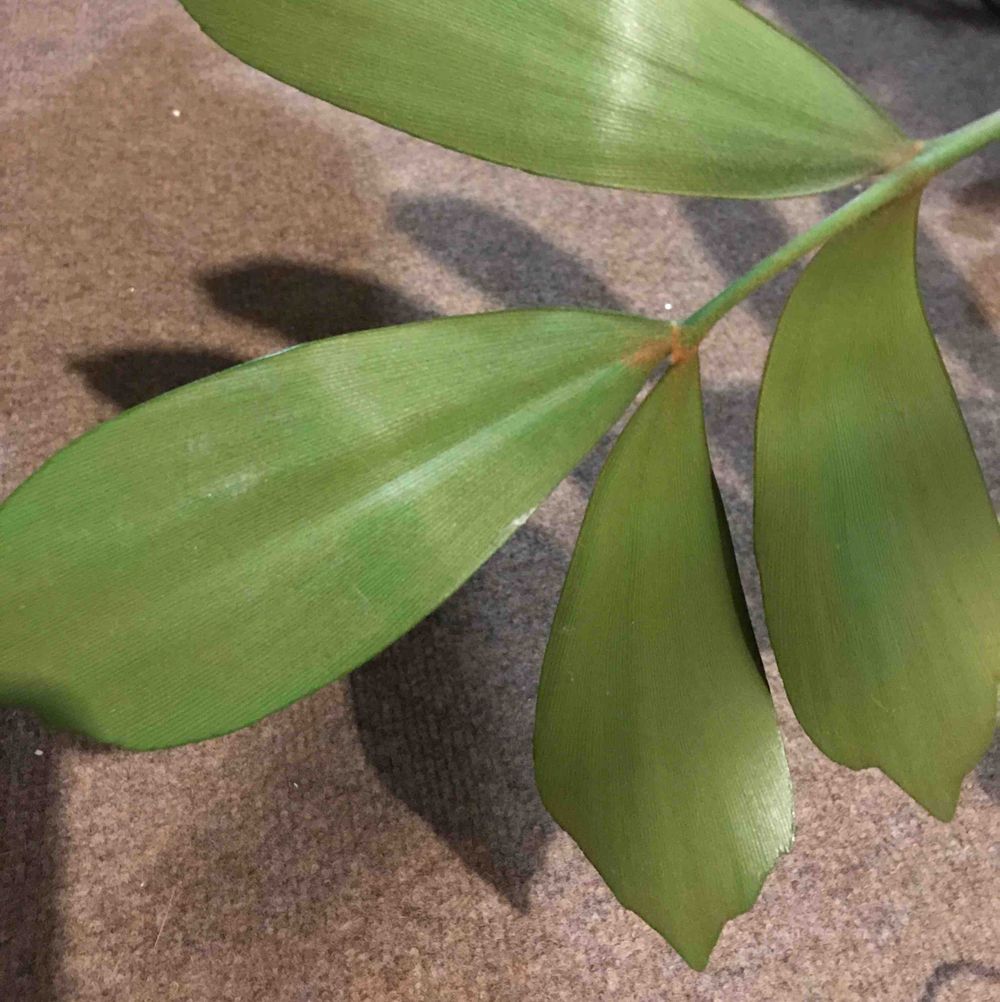Cardboard Palm
(Zamia furfuracea)

Description
“Pet poisonous” - Toxic to Dogs Zamia furfuracea is a cycad native to southeastern Veracruz state in eastern Mexico. Although not a palm tree (Arecaceae), its growth habit is superficially similar to a palm; therefore it is commonly known as cardboard palm or cardboard cycad. Other names include cardboard plant, cardboard sago, Jamaican sago and Mexican cycad (from Mexican Spanish Cícada Mexicana). The plant's binomial name comes from the Latin zamia, for "pine nut", and furfuracea, meaning "mealy" or "scurfy". The plant has a short, sometimes subterranean trunk up to 20 cm broad and high, usually marked with scars from old leaf bases. It grows very slowly when young, but its growth accelerates after the trunk matures. Including the leaves, the whole plant typically grows to 1.3 m tall with a width of about 2 m.The leaves radiate from the center of the trunk; each leaf is 50-150 cm long with a petiole 15-30 cm long, and 6-12 pairs of extremely stiff, pubescent (fuzzy) green leaflets. These leaflets grow 8-20 cm long and 3-5 cm wide. Occasionally, the leaflets are toothed toward the tips. The circular crowns of leaves resemble fern or palm fronds. They are erect in full sun, horizontal in shade. This plant produces a rusty-brown cone in the center of the female plant. The egg-shaped female (seed-producing) cones and smaller male (pollen-producing) cone clusters are produced on separate plants. Pollination is by certain insects, namely the belid weevil Rhopalotria mollis.
Taxonomic tree:







